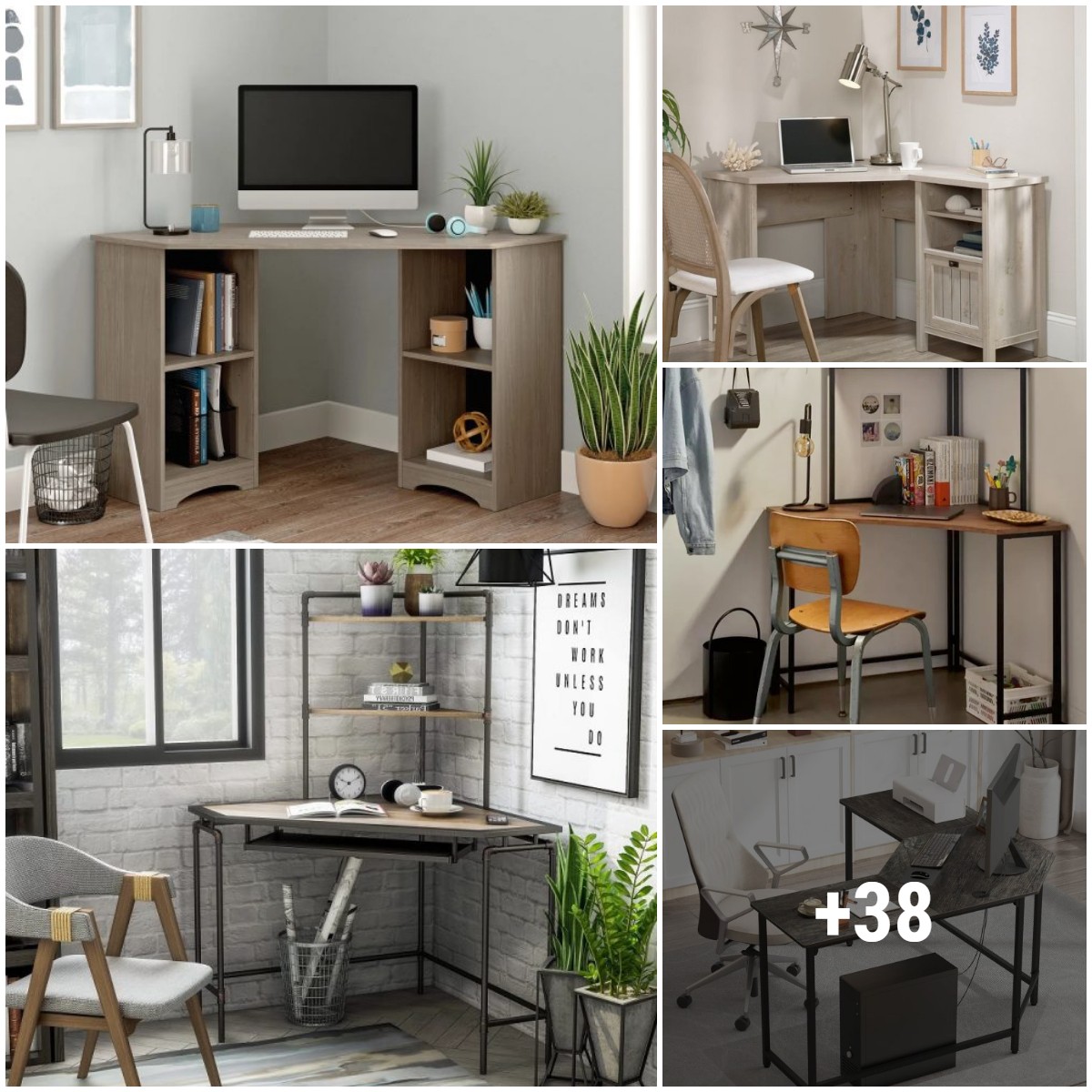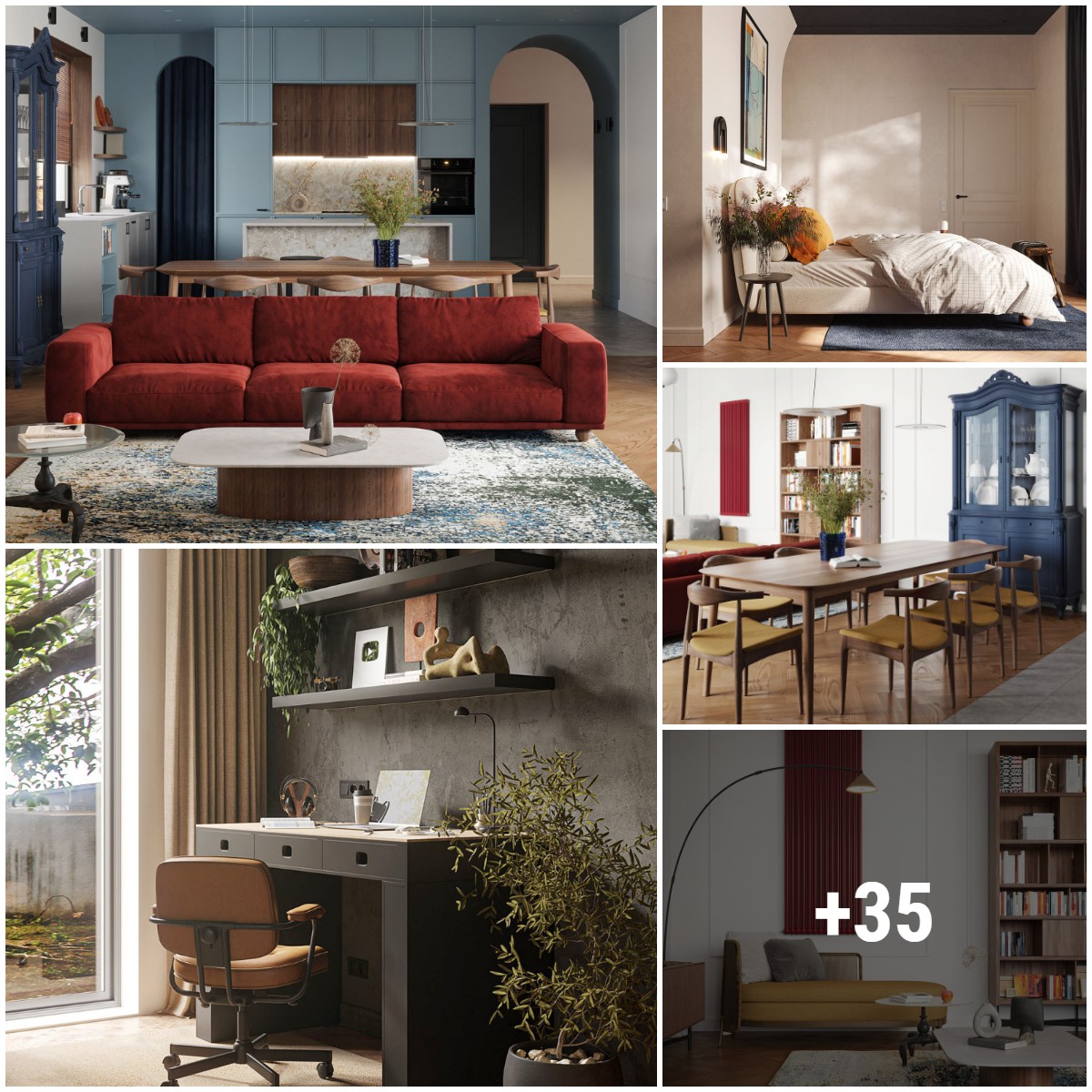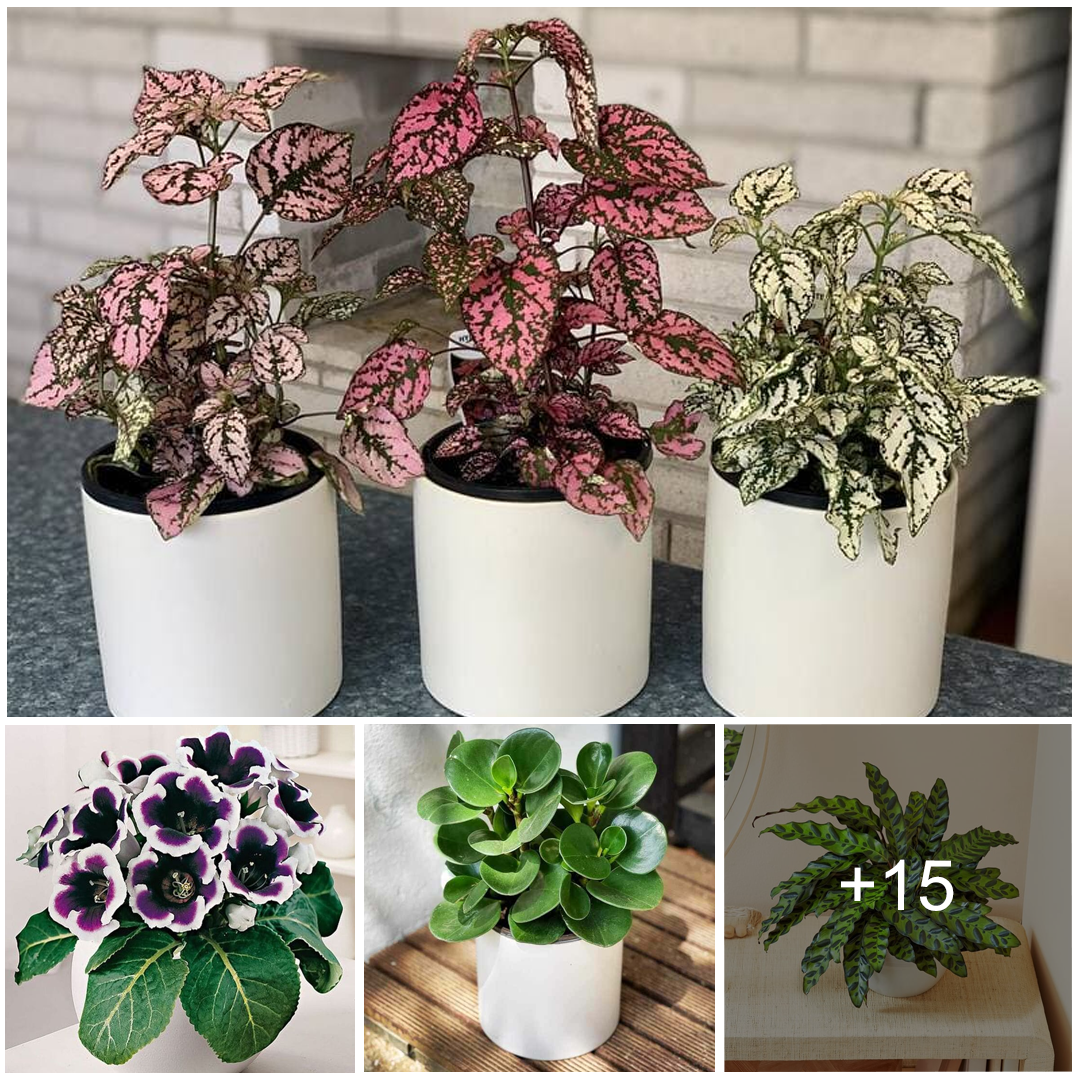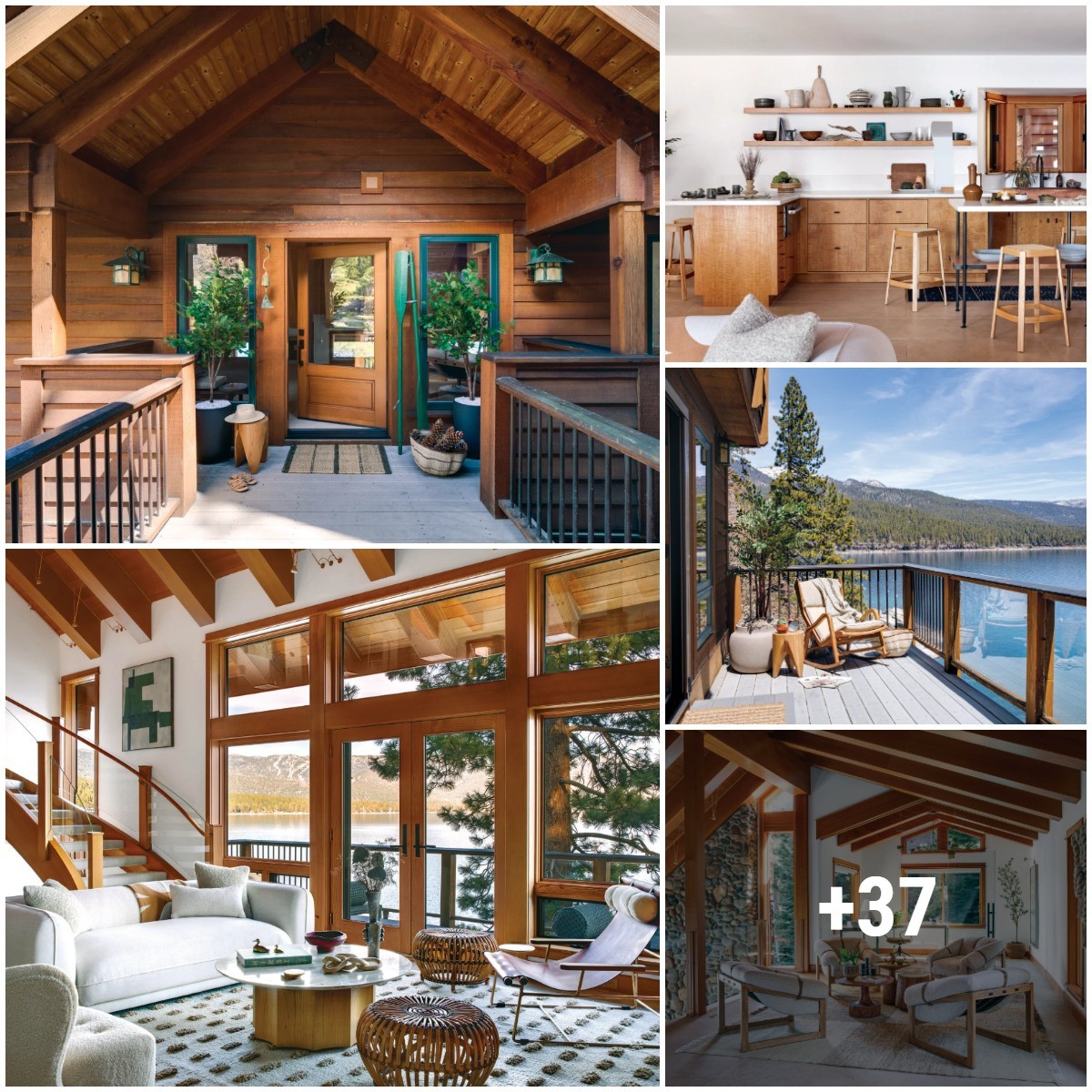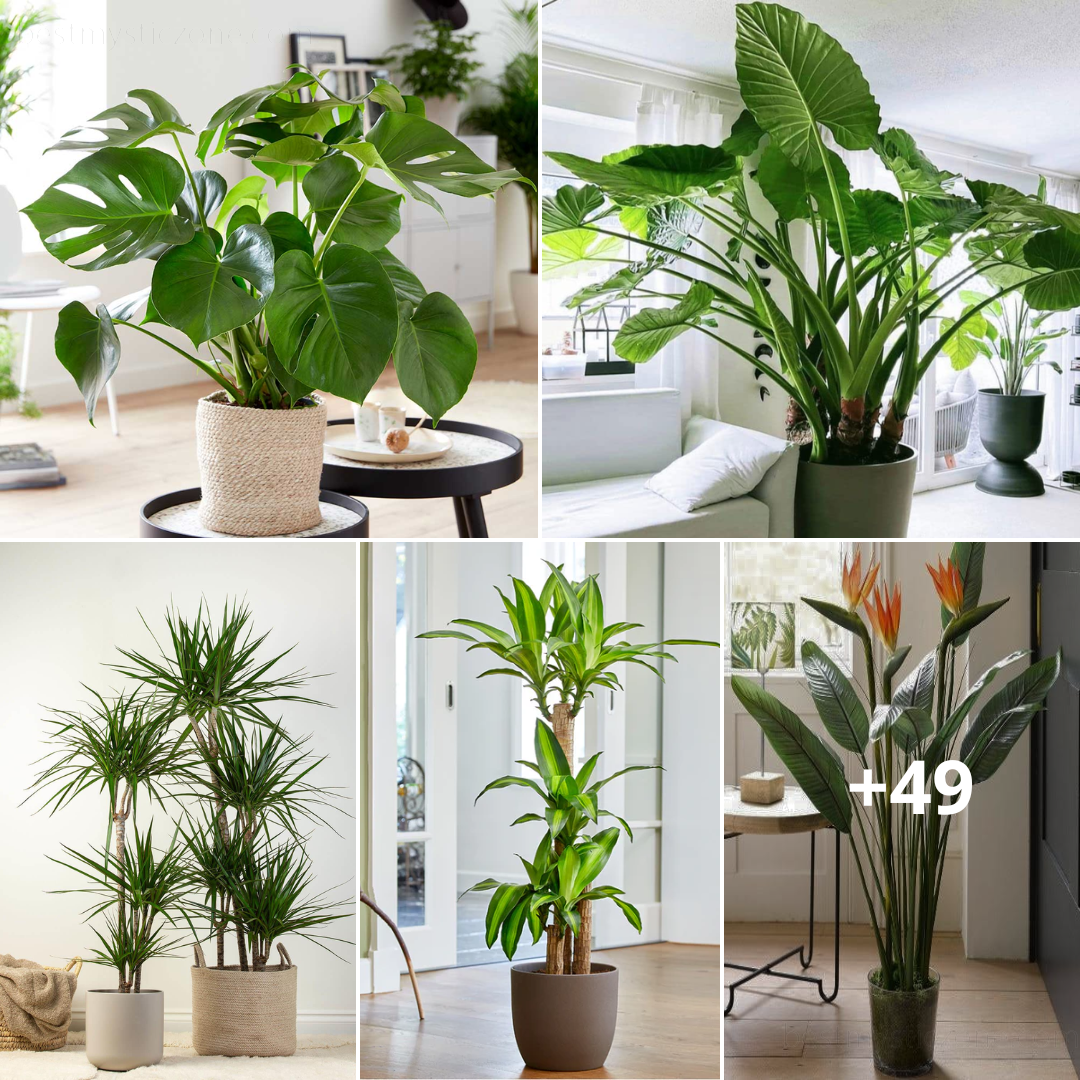
Looking for a lush, stately houseplant that won’t mind if you forget about it for a few weeks? The yucca plant (Yucca gigantea), or Adam’s Needle, is for you. Along with adding a desert chic vibe to any space, this hardy plant requires few care steps to thrive.
In addition to its long, lance-shaped leaves, yucca grows sprays of white bell-shaped flowers. If you’re growing this large plant indoors, your yucca may be less likely to flower, but since it can grow to 30 feet high outside, you might be thankful for its more manageable size in the house. This is a slow-growing plant that can take several years to flower. It’s also best to keep this plant out of reach of four-legged family members, as it is toxic to pets.1
- Botanical Name: Yucca gigantea
- Common Name: Yucca plant, Adam’s needle
- Plant Type: Perennial
- Mature Size: Three to ten feet high indoors
- Sun Exposure: Full sun, tolerates low light
- Soil Type: Well-drained potting soil
- Soil pH: 5.5–7.5
- Toxicity: Toxic
:strip_icc():format(webp)/GettyImages-1318424514-e32a4c91992e447ba7aa3a4e57b4a0cf.jpg)
BENOITBRUCHEZ/GETTY IMAGES
Plant Care
Since they’re native to the desert, yuccas are very tolerant of drought-like conditions. These easy-growing plants can withstand mild neglect, even in a dry climate. They’re great houseplants if you travel often, but like most plants, yuccas thrive with more care.
This plant grows best when watered every one to two weeks during the spring and summer growing seasons. This time of year, you may even find white flowers blooming within the leaves. Cut back to watering about every three weeks in the fall and winter.
Water your plant when the soil has dried out, and ensure that the pot drains before placing it back in its tray. Soggy soils can lead to root rot, which is especially harmful to desert plants. Use a low-nitrogen fertilizer diluted to half-strength monthly during the spring and summer. Your yucca plant won’t need any feeding during the winter. Refrain from fertilizing a recently transplanted or propagated yucca plant until it’s fully established.
:strip_icc():format(webp)/GettyImages-180867702-c508e5b6b3dc46669479f9c45c10b4fa.jpg)
TIRC83/GETTY IMAGES
Best Growing Conditions for Yucca Plants
Yuccas grow best in bright, indirect light, but they can also thrive in full sun. That makes your yucca a great candidate for south- or west-facing windows with direct sunlight that could be too much for other plants.
If you have an outdoor space like a patio, balcony, backyard, or front porch, it’s a good idea to move your yucca outside for the summer. These plants can withstand a wide range of temperatures—anywhere from just above freezing to hot, dry conditions around 90 degrees.
If you notice a soft stem, you’re likely overwatering your yucca plant, though they tolerate overwatering fairly well. Leaves drooping is indicative of underwatering. Make sure to water your plant when the top two inches of soil feel dry.
Yucca plants can thrive outdoors in some climates, but yours will likely do best inside near a sunny window to soak up nutrients in consistent temperatures year-round.
Moderate humidity isn’t necessary for this plant, but it does encourage healthy growth. It’s best to keep your yucca at least a few feet away from an air conditioner during the summer months to prevent it from drying out.
Types of Yucca Plants
There are nearly 50 species of yucca plants. If you’re an outdoor enthusiast, you’re likely familiar with one popular variety: the Joshua tree (Yucca brevifolia). The Joshua Tree National Park in California is filled with this species, which can grow to 40 feet tall.
The dagger plant (Yucca aloifolia), or Spanish bayonet, features tall, bushy clusters of leaves with white flowers. Spineless yuccas (Yucca guatemalensis) grow naturally as tall trees—up to 30 feet—in Central America. Many indoor yucca plants look similar to a palm tree or dragon tree (Dracaena draco), though they are not actually related.
Soapweed yucca (Yucca glauca) grows as individual shrubs up to four feet high with thin, spiky leaves. While it looks comparable to soapweed, bear grass yucca (Yucca filamentosa) grows more similarly to Adam’s needle, being two of the few variants in this family that have adapted to extremely cold temperatures.
:strip_icc():format(webp)/yucca-houseplant-4fcea378ded74095ae456918863bfbe1.jpg)
FARHAD IBRAHIMZADE/GETTY IMAGES
How to Propagate Yucca Plants
Propagate your plant by separating offsets or cutting stems, which both require a similar method. To propagate your yucca, you’ll need a mature plant, a pot with drainage holes, soil, and clean, sharp gardening shears. It’s best to take stem cuttings in the spring, while offsets can be propagated year-round. Here’s how:
Step 1: Identify an offset or stem to propagate. If it’s possible to wait until the offset has roots, it’ll establish more quickly (but any offset with at least 1/4-inch of stem will grow into a new plant).
Step 2: Cut off the offset, including any roots, or cut a portion of stem that’s at least three inches long. Remove the bottom few inches of leaves from stem cuttings.
Step 3: Place your offsets or stem cuttings in a shady, dry place for a few days to callus on the ends before planting.
Step 4: Fill the pot with potting mix. Plant offsets or cuttings in the soil, ensuring at least part of the stems are submerged in the fresh mix.
Step 5: Put the cuttings in a cool place with indirect light. Water thoroughly when first planted, then avoid watering until the soil becomes completely dry.
Step 6: Water sparingly—every one to two weeks—when the top inch of soil is dry, as too much moisture can cause root rot. Keep new cuttings away from direct sunlight until a strong root system grows. At this point, they can be transferred to new pots and cared for as usual.
:strip_icc():format(webp)/GettyImages-1269107604-efbe2b54c6b94bb4b7489f2d803841ff.jpg)
GRUMPY COW STUDIOS/GETTY IMAGES
Common Problems With Yucca Plants
Yucca trees are an easy-growing species, but a few common problems may affect your plant: yellow or brown leaves, dark spots, and pests. Here’s how to keep your yucca growing healthy:
Yellow or Brown Leaves
These colors indicate that your plant isn’t getting the right amount of water. Brown leaves mean your plant needs water, while yellow leaves indicate overwatering.
Yellow leaves can also be a sign of poor-quality soil: If your plant isn’t bouncing back after some time without water, repot it in fresh, well-draining soil.
Dark Spots
Gray or brown spots on your yucca’s leaves are a sign of a fungal disease. Trim off the affected areas, then purchase a fungicide from your local nursery to treat the plant.
Pests
Yucca plant bugs, mealybugs, and scale are all common pests that infest yuccas. If your yucca has been outside for the season, check for any mites or infestations on the plant before bringing it back indoors. Treat yucca plant bugs with insecticidal soap, and use one part rubbing alcohol mixed with nine parts water to treat mealybugs or scale.
:strip_icc():format(webp)/GettyImages-1270128253-fa9982f1845c4cb0811d6b3a503933b8.jpg)
KATSIARYNA SHAUTSOVA/GETTY IMAGES
Potting and Repotting Yucca Plants
This species can thrive when slightly rootbound, so until it’s visibly outgrowing its pot, your yucca can grow in its current container. It’s safe to repot during any season of the year.
Plant it in well-drained potting soil, such as a succulent or cactus mix. You can also make your own blend by combining regular potting mix with equal parts coarse sand and perlite to help with drainage. Use a terracotta pot with drainage holes to keep the moisture levels even, as this porous material soaks up excess water.
